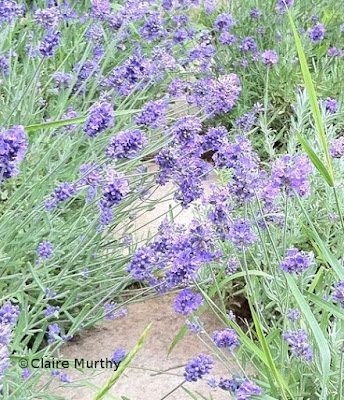Plans for getting the kitchen garden growing again.
Through a lack of
general garden maintenance, something wonderful was emerging...
Much of the garden had become a natural wildlife habitat, attracting foxes, badgers,
hedgehogs, squirrels, toads, newts, frogs, slow worms, birds,
butterflies, bees and bugs.
As the garden
lingered in its state of in-betweens - seemingly lifeless and lacking
energy - weeds had grown up around fruit trees and wildflowers replaced the
garden blooms; even a couple of leeks appeared amidst the wild
grasses and a few determined nasturtium draped themselves over a broken
flowerpot or other small structure left lying around the garden. The garden was thriving as a wild, wildlife garden!
A kitchen garden and a wildlife garden.
A kitchen garden and a wildlife garden.
With thoughts on developing the
wildlife garden further, it seemed there was no room for a kitchen garden, no
matter how small – and so the garden was dedicated to wildness and
wildlife.
One plant from the old kitchen garden, that stood the test of time (and neglect), was the lavender, as though providing hope for a gardener during a time of change. As an easy-growing, bee-friendly flower - perhaps dreams of a prettyish kitchen garden could happen alongside a wildlife garden!
One plant from the old kitchen garden, that stood the test of time (and neglect), was the lavender, as though providing hope for a gardener during a time of change. As an easy-growing, bee-friendly flower - perhaps dreams of a prettyish kitchen garden could happen alongside a wildlife garden!
That lavender has now disappeared,
crowded out by sedum (another excellent source of nectar for bees and
butterflies!) but revised plans for creating a kitchen garden include
a return of the Kitchen Garden
Flower!
Every kitchen garden has its flower!
